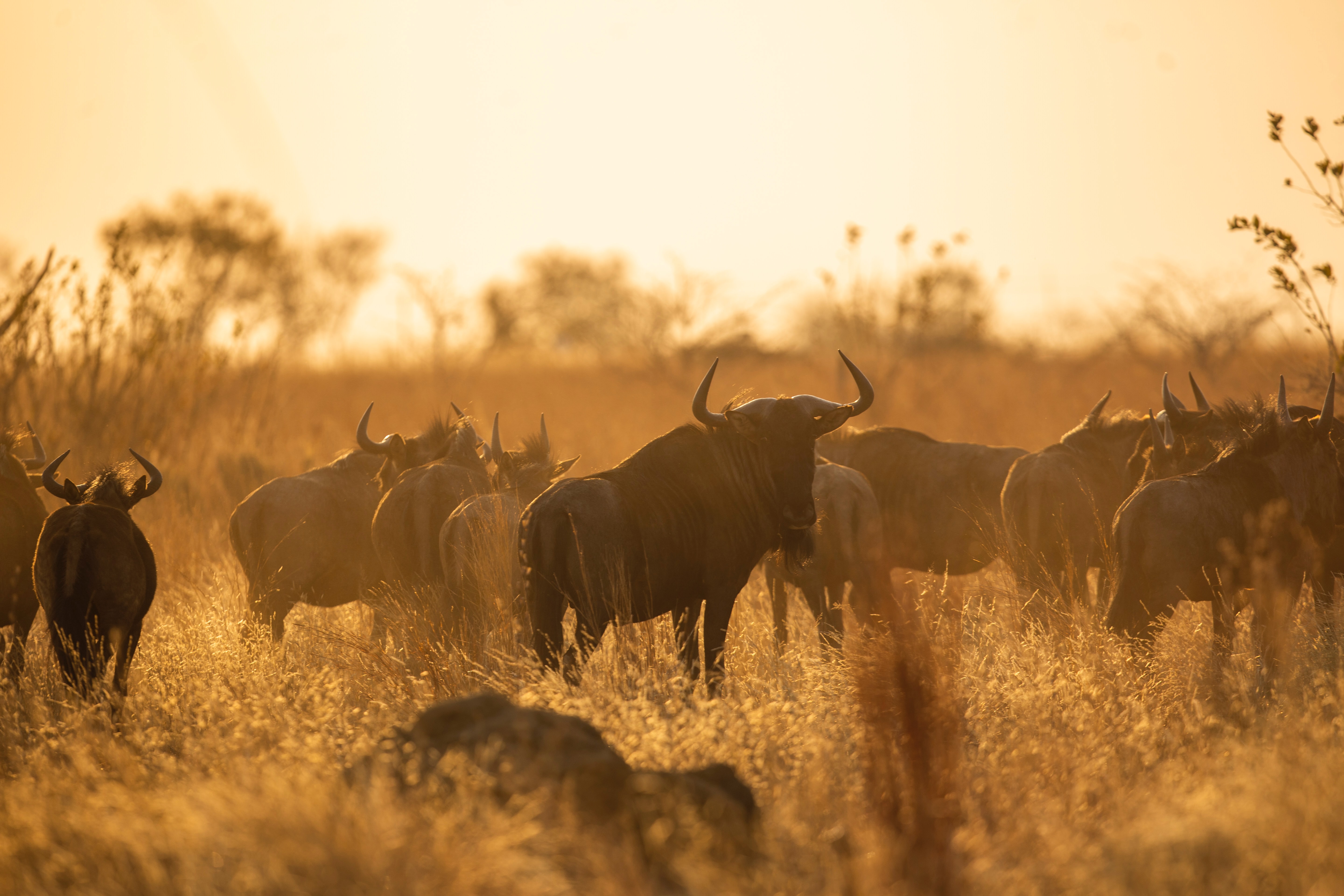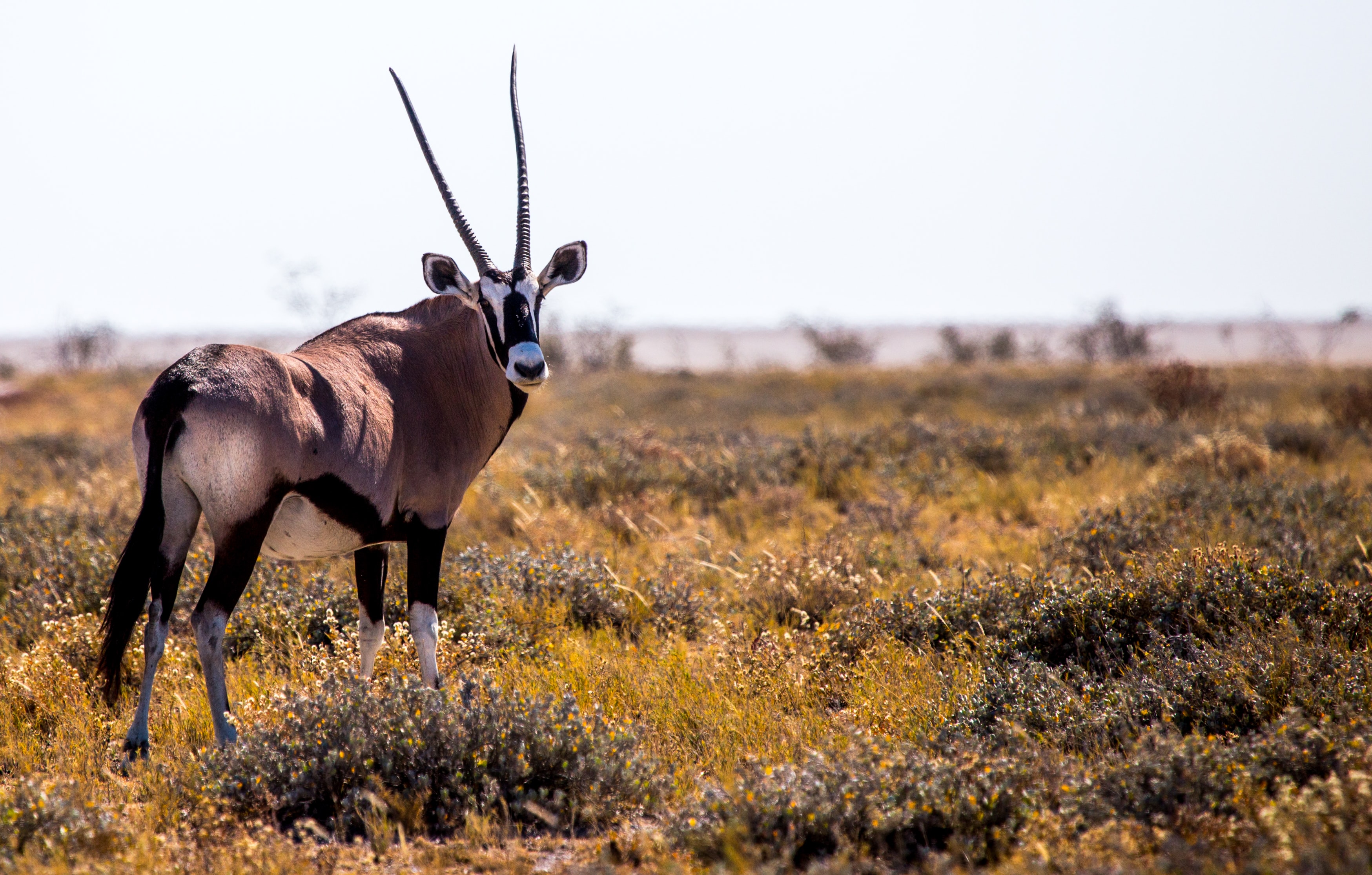Serendipity leads donor to put passion into practice
Written by Lauren Cahoon Roberts

Sue Holt has a special connection to southern Africa. She has visited the region for both personal and professional reasons for years, falling in love with the expansive landscapes and abundant wildlife while studying indigenous communities and their methods of sustainably managing resources. Serendipity led her to connect with the Cornell College of Veterinary Medicine (CVM), where her passion now supports one of the college’s most innovative international programs.
“I was on a webpage for Africa Geographic and saw a link on the sidebar, and wondered, what is ‘AHEAD’?” Holt says.
Founded by Steve Osofsky, D.V.M. ’89 — CVM’s own Jay Hyman Professor of Wildlife Health and Health Policy and the director of Cornell’s Wildlife Health Center — AHEAD (Animal & Human Health for the Environment And Development) applies an integrated approach to addressing challenges at the interface between livestock agriculture, wildlife health and human well-being.

As part of the AHEAD program, the Beyond Fences project focuses on the Kavango Zambezi Transfrontier Conservation Area (KAZA), a conservation and development initiative extending across Angola, Botswana, Namibia, Zimbabwe and Zambia. Osofsky’s program aims to resolve land-use conflicts between wildlife and local livestock production by back-stopping community-focused solutions with innovative veterinary science.
This resonated deeply with Holt. As a resource economist, she has spent her life studying and teaching effective ways to protect natural resources. “You will find if you go back over human history that indigenous communities have always established rules to protect their precious resources,” says Holt. “And those rules come from the ground up.”
In KAZA, local beef farmers who wish to sell their meat in the world market must protect their cattle from the possible transmission of foot and mouth disease viruses from herds of wildlife. Traditionally, countries in the region have thus used vast fencing to separate livestock and wildlife, blocking wild animal migration pathways and endangering the survival of a range of species.
The Beyond Fences program is working with these farmers on solving the problem from a biosecurity angle — refining the way beef is actually processed to keep the products virus-free for international sale, which would eliminate strict reliance on extensive fencing. The approach enables farmers to have access to global markets while also allowing wildlife and the ecotourism it generates to thrive, enhancing prospects for resilient, sustainable economic growth in the region. “We envision a win-win situation for farmers and the environment,” says Osofsky.
“The kinds of things AHEAD is doing are almost identical to the recommendations of Elinor Ostrum, who received the Nobel Prize in economics in 2009,” Holt notes, explaining that Ostrum demonstrated how communities throughout history were able to successfully manage natural resources when they adopted a community-wide agreement to certain rules. “The key thing to me was that AHEAD was promoting the local decision-making process,” says Holt. “Too many conservation efforts are top-down, and it becomes bureaucracy-heavy. If you don’t have buy-in from the communities, you don’t have respect.”

Holt was also drawn to support the project by her deep connection to Namibia, one of the countries making up the KAZA Transfrontier Conservation Area. “My husband and I tagged along with some friends on a teaching trip, and ended up returning to Namibia nine times,” says Holt. “We’d camp for six weeks at a time out in the desert.” Holt says her favorite aspect of the country was watching the great variety of antelopes able to survive in the bush and the desert.
These very same herds of antelopes will directly benefit from a successful AHEAD program, as they will be able to move freely once again across their seasonal ranges. “That’s the key thing about addressing these fences; taking them down and enabling migration while also getting community involvement,” says Holt. “That captured all my interest in one local issue.”
Holt and her husband Jerry Weber have been able to support AHEAD through their IRAs each year thanks to their savings habits and pensions from their jobs working as public employees. “Neither of us have needed our IRAs, so we take our required minimum distributions (RMDs) from those accounts and give it all to the program instead,” Holt explains. “When that money is donated, it’s known as a Qualified Charitable Distribution and it’s free of income tax. The appeal of doing this, for me, is that I get to see the impacts of these gifts while I’m still living!” Still, their impact on the program will extend beyond the RMD donations, as Holt has also committed a $1M bequest.
“For me it’s a way of putting my money where my mouth is. It can make a significant difference for the well-being of people and the health of the wildlife.”
Sue Holt
“We are so grateful to Sue and Jerry— the type of integrative, applied work we are doing tends not to fit in with the types of programs U.S. federal agencies, for example, will fund. Individual philanthropy has been absolutely critical to our success improving outcomes for people, wildlife and Earth’s remaining wild places,” notes Osofsky.
“For me it’s a way of putting my money where my mouth is,” says Holt. “It can make a significant difference for the well-being of people and the health of the wildlife. Plus, it’s so effective, it can serve as a demonstration of how this kind of conservation process works.” •
For more information on AHEAD and Beyond Fences work, read "Ancestral Migrations Stopped at Fencelines" and the Cornell Wildlife Health Center's Beyond Fences page.


